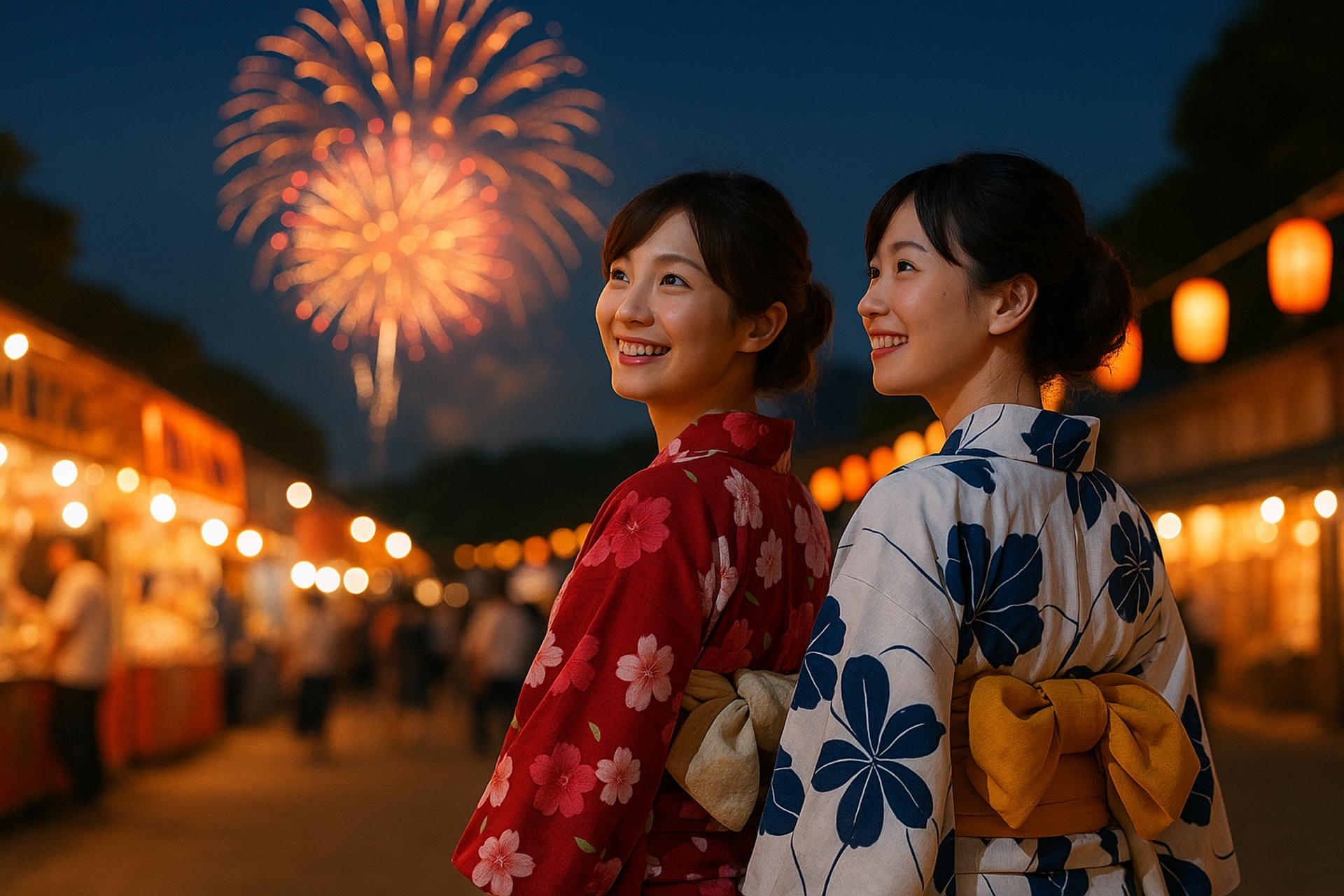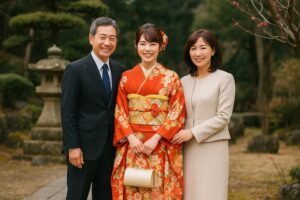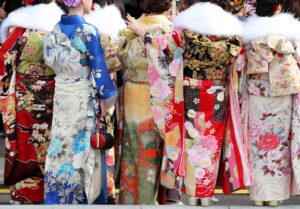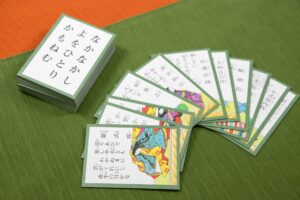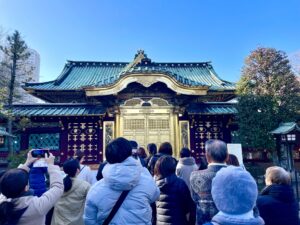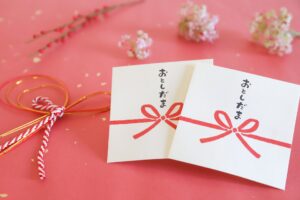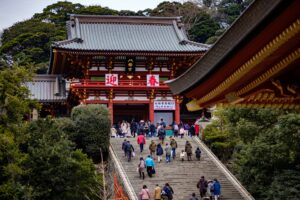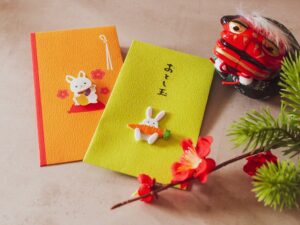Japanese traditional culture continues to fascinate people around the world. From tea ceremonies to kabuki, these cultural treasures not only define Japan’s identity but also offer rich opportunities for storytelling, education, and tourism. This article explores the best ways to showcase Japan’s traditional culture—both in Japan and internationally—through authentic experiences, cultural events, and innovative presentation methods.
Understanding the Core Elements of Japanese Traditional Culture
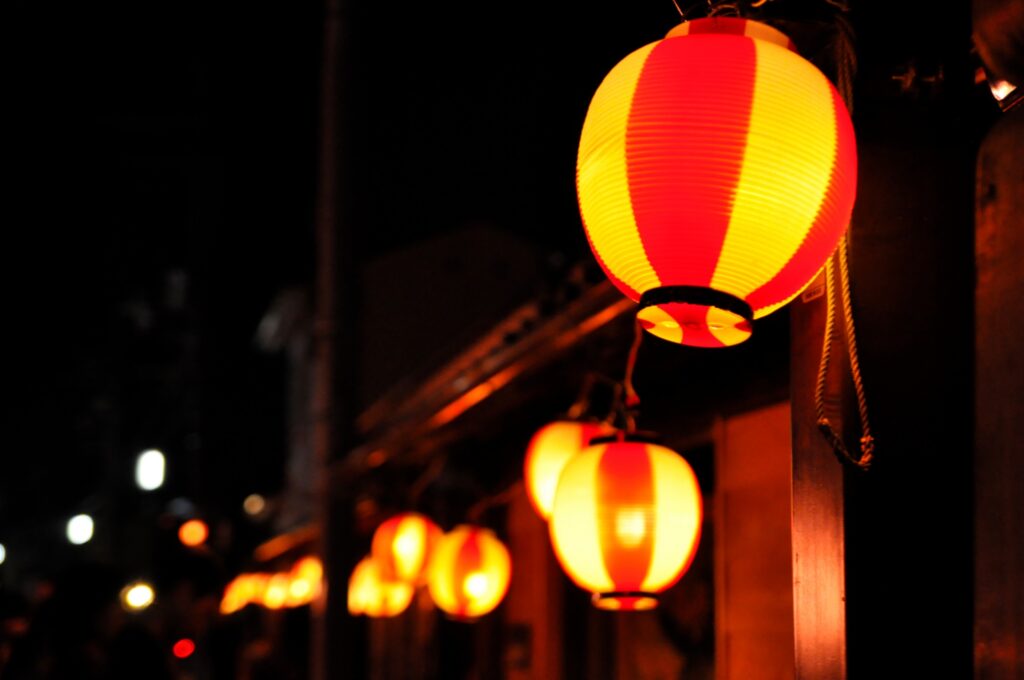
Japanese traditional culture is a vibrant tapestry of ancient rituals, social customs, and time-honored arts that reflect the nation’s values and worldview. This culture encompasses a range of expressions, from elaborate tea ceremonies to the minimalistic beauty of calligraphy. At its core, Japanese tradition emphasizes harmony (wa), respect, and an awareness of one’s role in society.
Key Elements of Traditional Japanese Culture:
- Tea Ceremony (Chanoyu): A ritualized preparation and presentation of matcha tea, symbolizing mindfulness, hospitality, and respect.
- Kimono: Traditional clothing worn for festivals and ceremonies; it embodies aesthetic principles and cultural identity.
- Ikebana (Flower Arranging): More than decorative art, it reflects seasonal awareness and spiritual connection to nature.
- Sumo Wrestling: Japan’s national sport rooted in Shinto ritual, showcasing strength, discipline, and honor.
- Kabuki and Noh Theater: Classical performance arts blending music, dance, and drama with highly stylized movements and elaborate costumes.
- Calligraphy (Shodo): The art of writing characters with brush and ink, reflecting both linguistic skill and inner spirit.
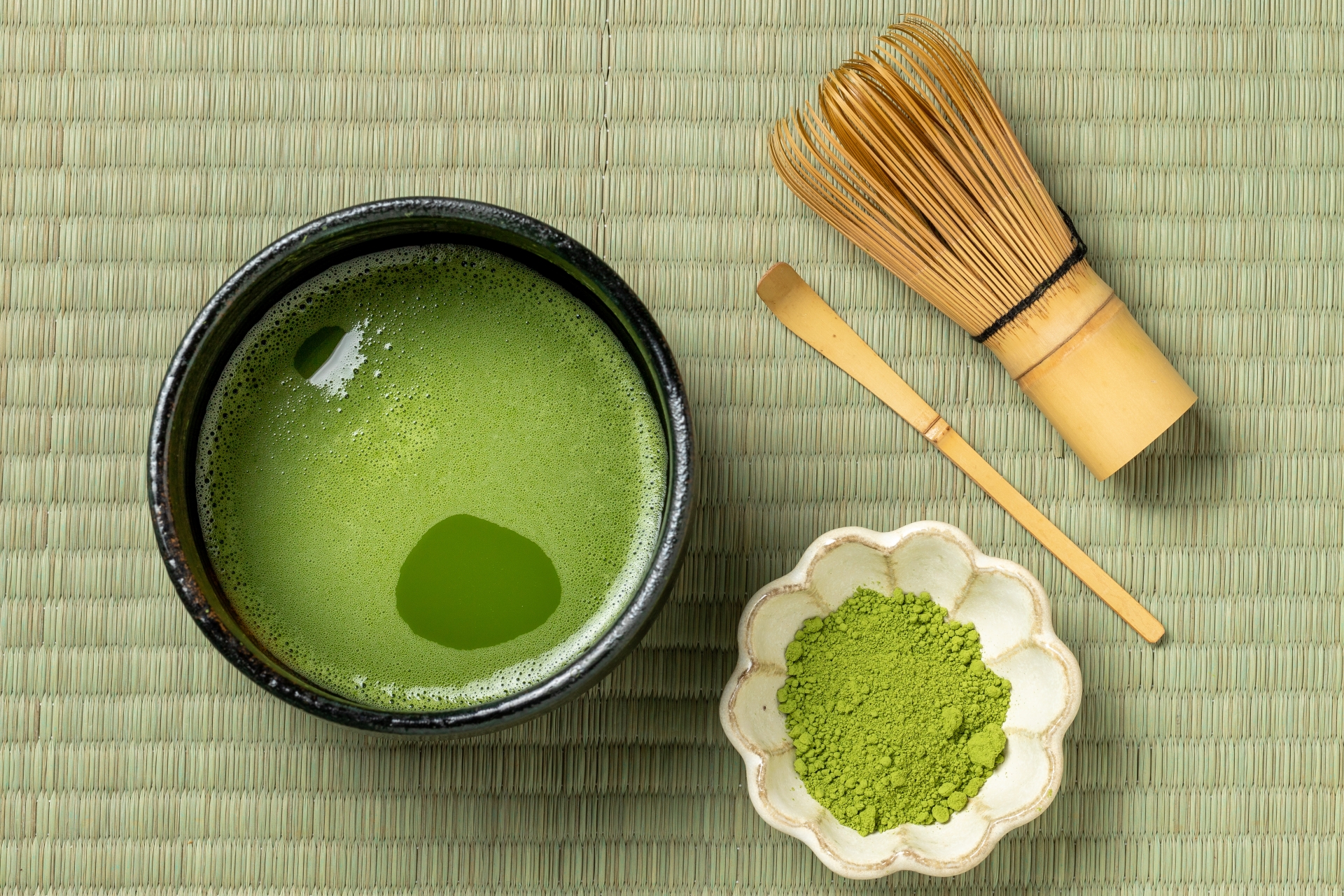
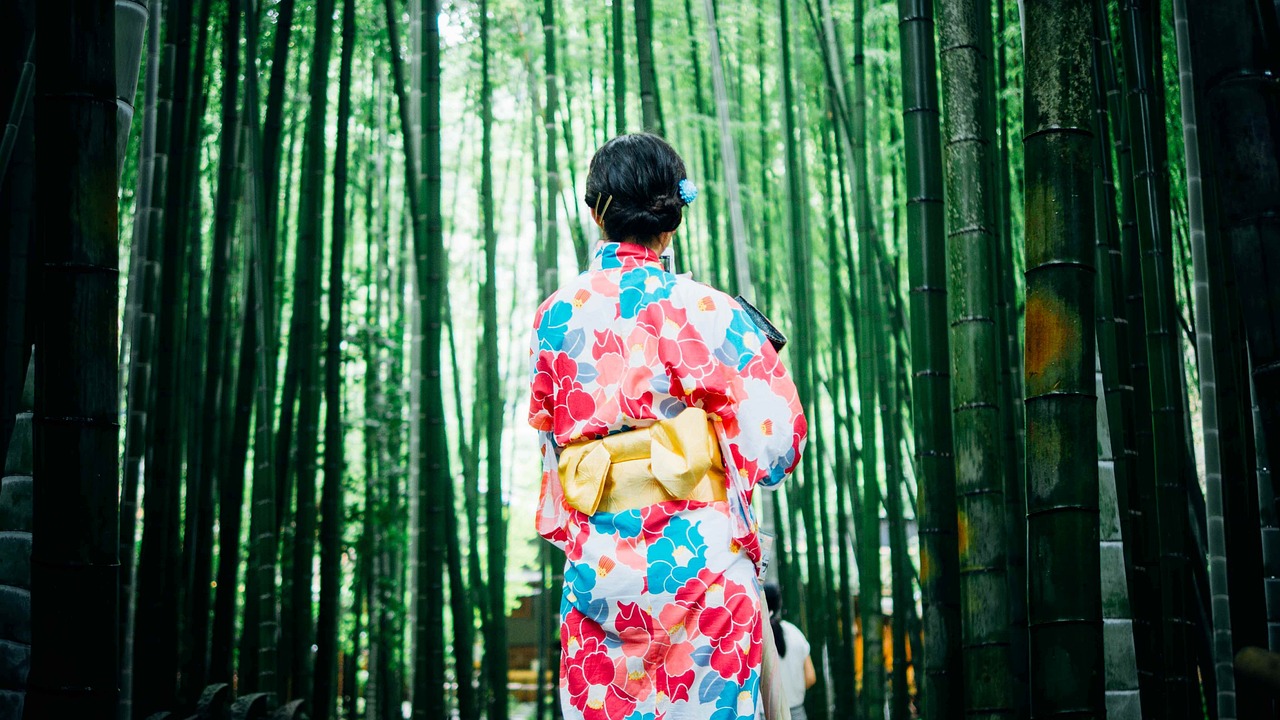
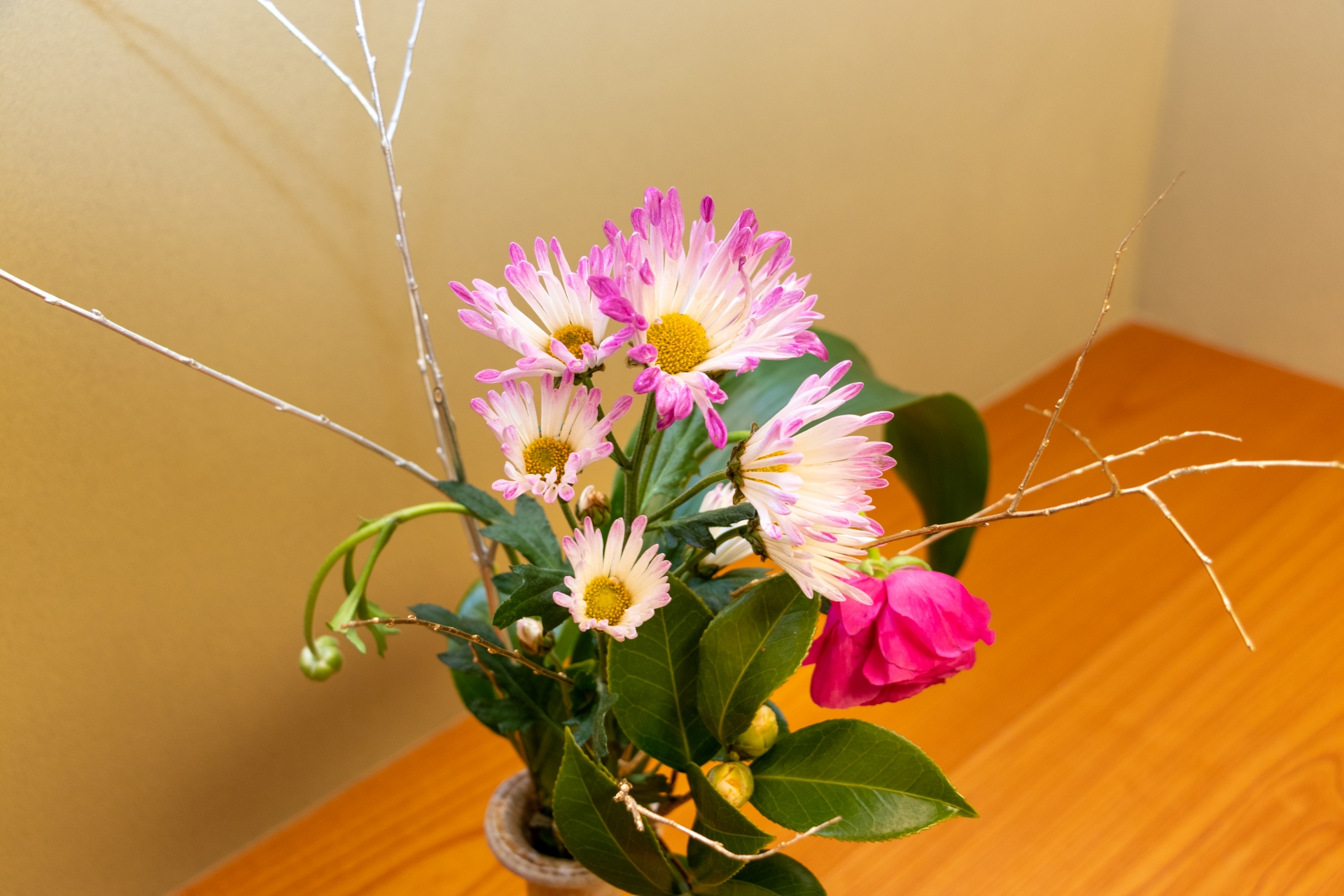
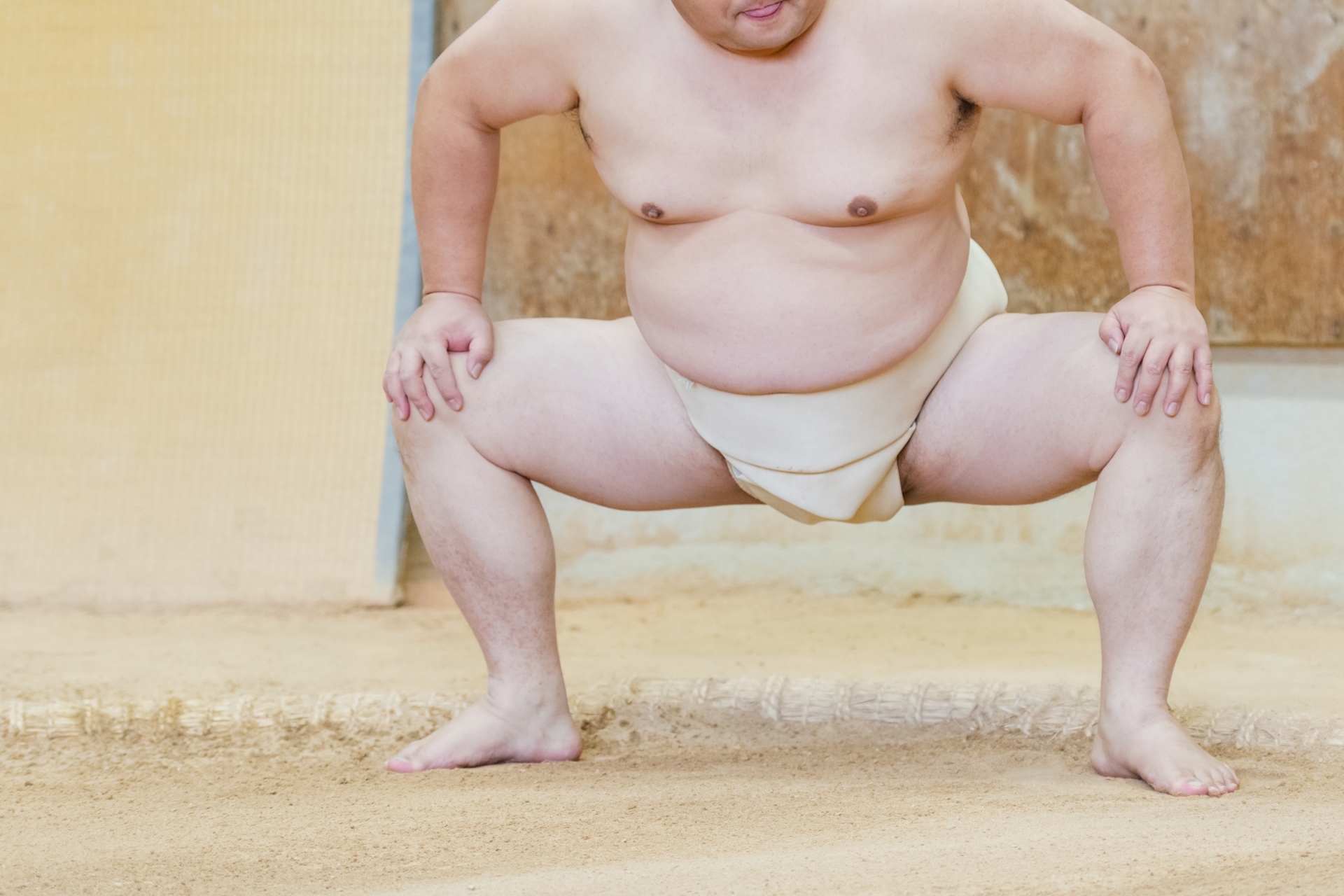
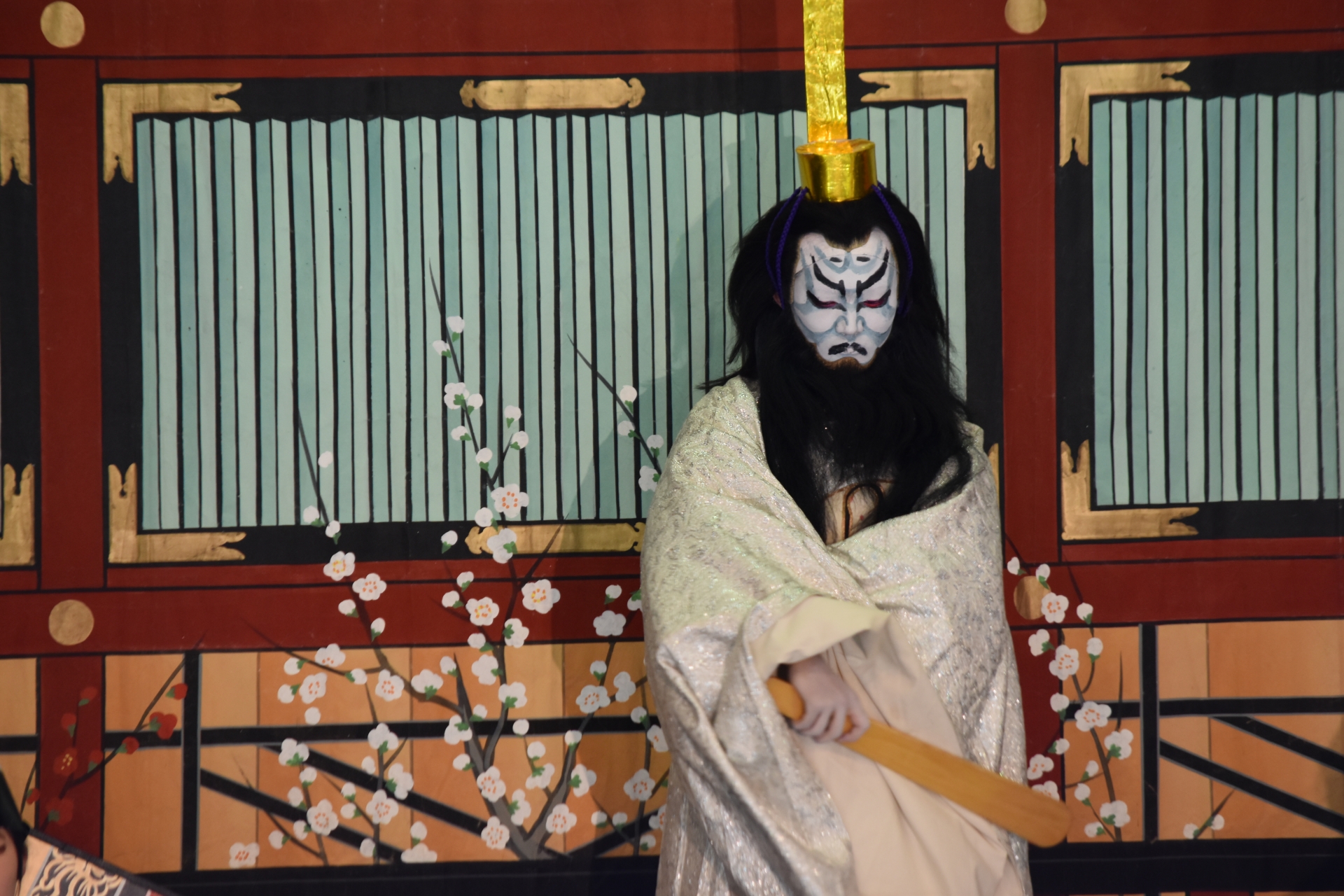
Everyday Practices Reflecting Tradition:
- Removing shoes before entering a home or traditional accommodation.
- Bathing in the evening, especially in communal baths or hot springs (onsen).
- Slurping noodles, which is not only accepted but encouraged as a sign of appreciation.
Cultural Values:
- Wa (Harmony): Prioritizing group consensus and peaceful coexistence.
- Group Mentality: Emphasizing the needs of the group over the individual.
- Humility and Modesty: Avoiding direct confrontation and maintaining social balance.
Religious Influences:
- Shinto: Focuses on kami (spirits), nature worship, and purification rituals.
- Buddhism: Offers philosophical and ethical guidance, influencing customs around death, meditation, and festivals.
Communication Style:
- Indirectness: People often “read the air” (kuuki o yomu) rather than speak directly.
- Non-verbal Cues: Silence, facial expressions, and tone carry deep meaning.
- Honorifics: Language is structured to show respect based on age, status, and context.
| Tradition | Origin | Purpose | Modern Relevance |
| Tea Ceremony | 9th Century | Spirituality, hospitality | Cultural workshops, tourism |
| Kimono | Heian Era | Social identity, formality | Fashion, ceremonies, rental experiences |
| Ikebana | 6th Century | Meditation, aesthetics | Art therapy, design education |
| Sumo | Ancient | Ritual, competition | National sport, televised events |
| Calligraphy | 6th Century | Self-discipline, expression | School curriculum, digital design |
Festivals: The Living Heart of Japanese Tradition
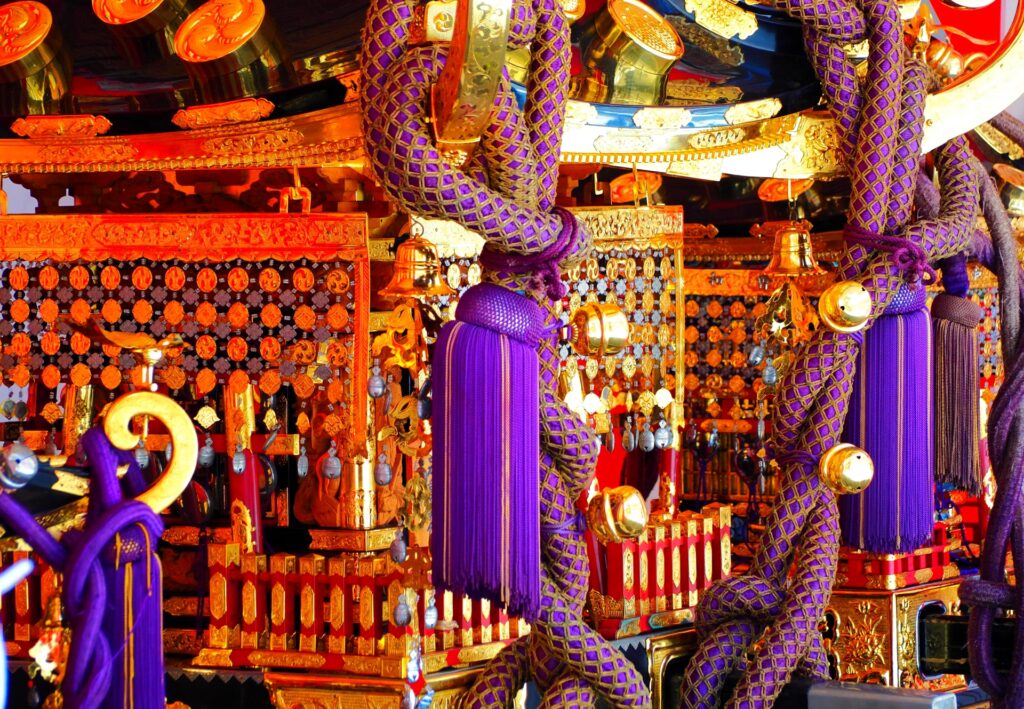
Matsuri (festivals) are living expressions of Japan’s cultural heritage, combining religious reverence with communal celebration. Rooted in Shinto and Buddhist traditions, these events highlight seasonal changes, local legends, and historical milestones. They are also a sensory spectacle—vibrant colors, rhythmic taiko drums, fragrant street food, and spirited dancing.
Notable Festivals:
- Gion Matsuri (Kyoto): Held in July, featuring ornate floats (yamaboko), traditional attire, and lantern-lit processions.
- Nebuta Matsuri (Aomori): August festival showcasing giant illuminated floats of mythical warriors and creatures.
- Awa Odori (Tokushima): Japan’s largest traditional dance festival, inviting locals and visitors to join in the energetic dance.
- Sapporo Snow Festival: A winter celebration with enormous snow and ice sculptures, blending art and community.
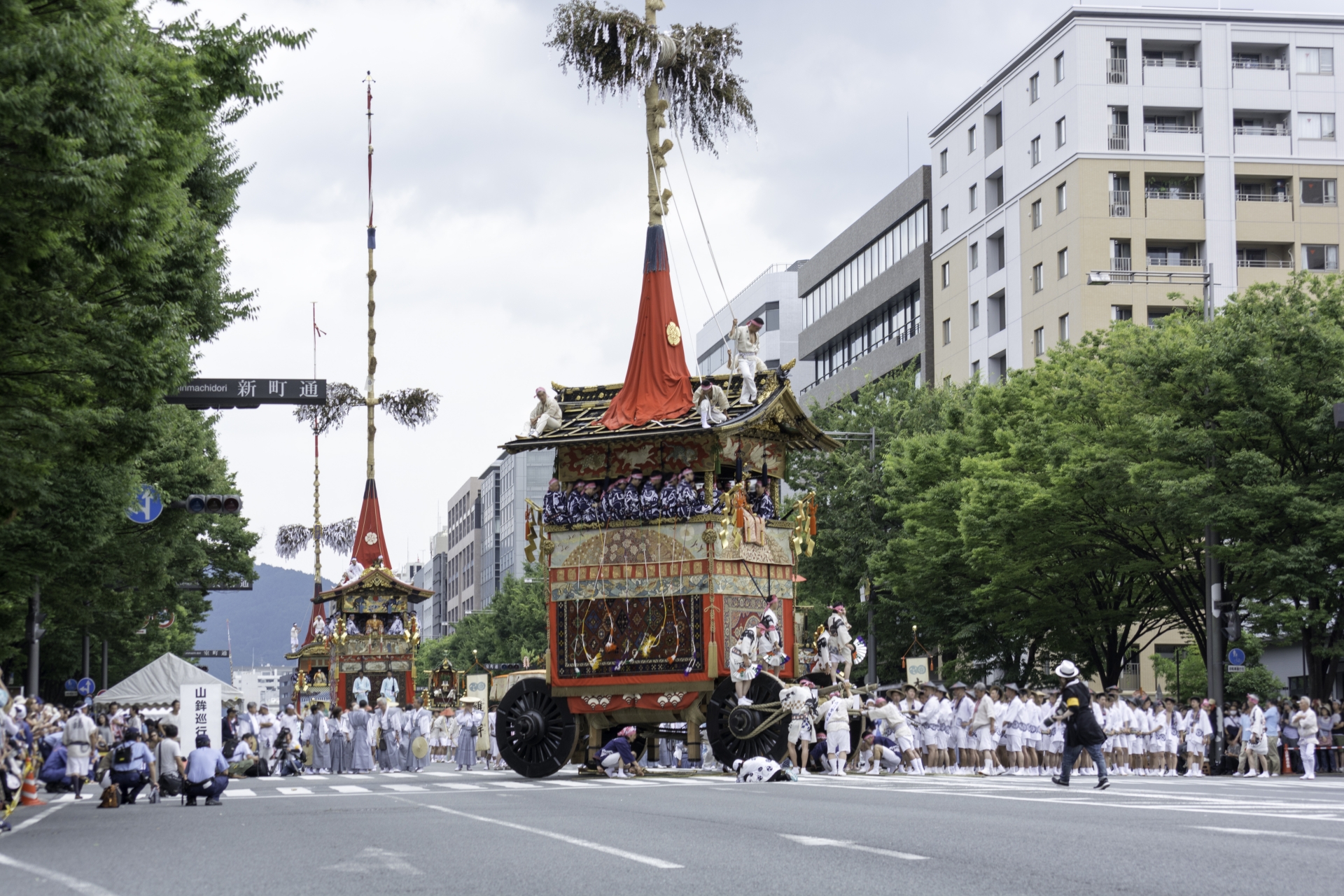
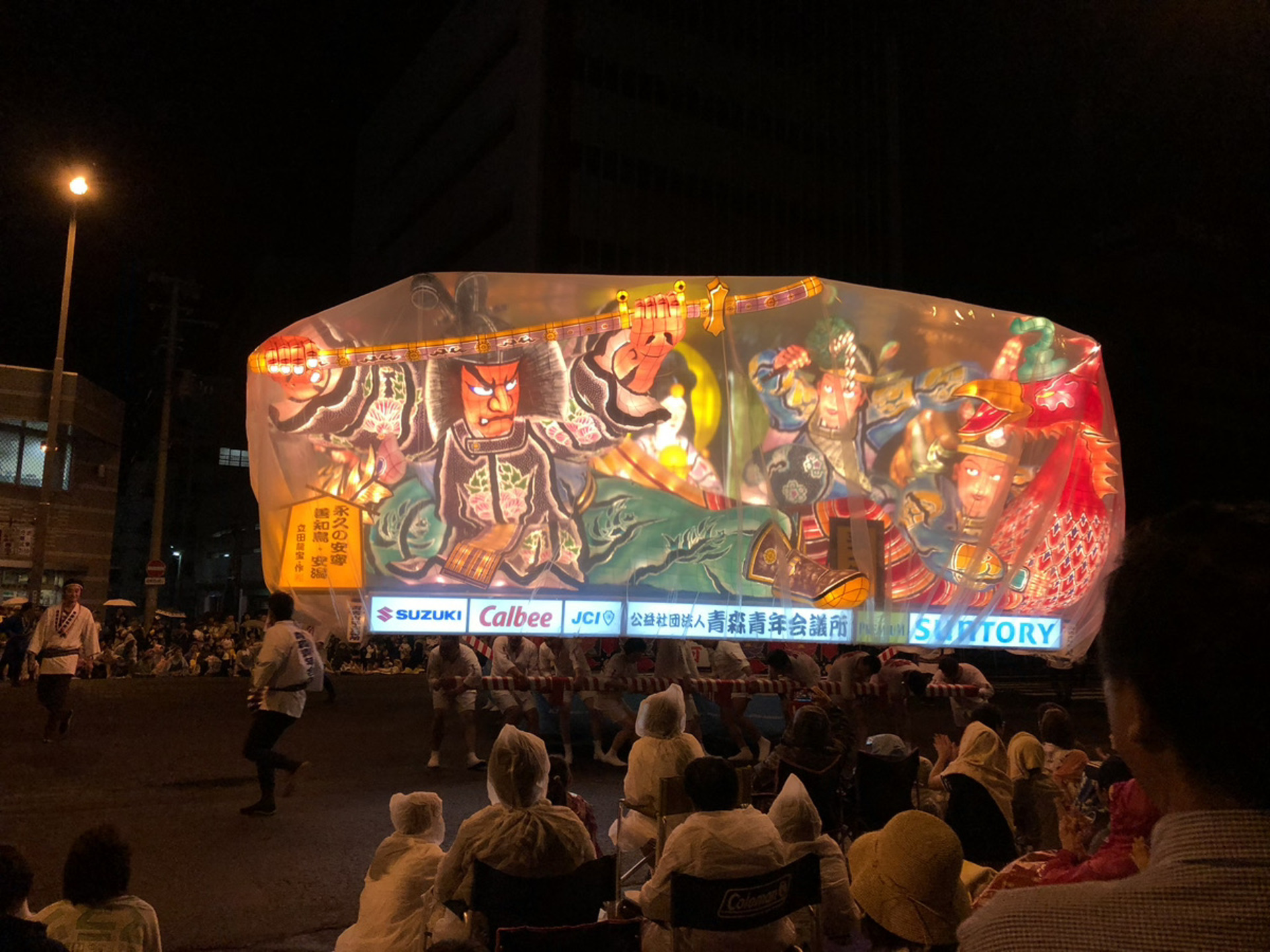
Common Features:
- Yukata and Happi: Lightweight summer kimono and festival coats worn during the festivities.
- Mikoshi: Portable shrines paraded through streets to honor local deities.
- Taiko Drumming & Bon Odori: Integral to festival ambiance and dance.
Tourists are often welcome to participate by renting traditional attire, joining dances, or sampling regional foods. Matsuri not only offer a window into Japan’s cultural soul but also foster bonds among generations and communities.
Cultural Experiences in Japan: Immersive Ways to Engage Visitors
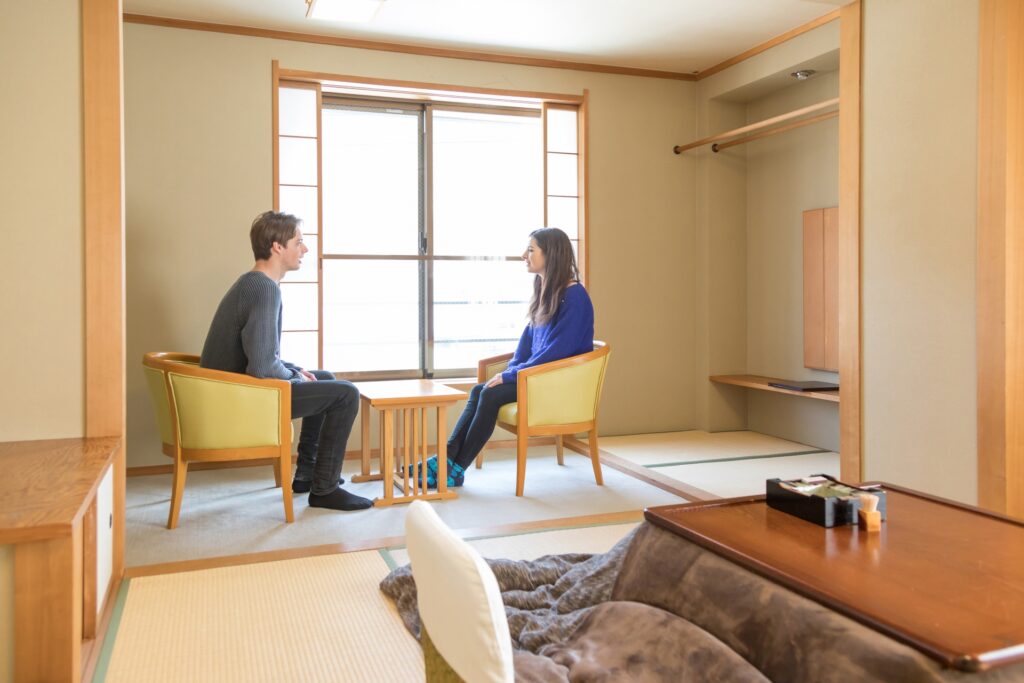
Japan excels in offering hands-on experiences that allow visitors to deeply connect with its traditions. These cultural activities go beyond observation, inviting active participation and learning.
Popular Experiences:
- Kimono Dressing: Learn to wear and walk in a kimono while exploring historic districts.
- Samurai & Ninja Training: Discover bushido spirit through swordplay or stealth techniques.
- Tea Ceremony Classes: Participate in an authentic ritual and learn its symbolic gestures.
- Indigo Dyeing (Aizome): Create textile souvenirs using traditional dye methods.
- Stay in a Ryokan: Experience tatami flooring, futon bedding, and multi-course kaiseki meals.
Top Locations:
- Kyoto: Cultural epicenter with temples, geisha districts, and artisan workshops.
- Kanazawa: Preserved samurai residences and craft studios.
- Tohoku: Known for rustic festivals and hands-on farming experiences.
| Experience | Description | Location |
| Kimono Rental & Walk | Stroll historic streets in traditional dress | Kyoto, Kanazawa |
| Tea Ceremony Class | Learn rituals of serving matcha tea | Kyoto, Tokyo |
| Samurai Experience | Practice sword techniques in armor | Tokyo, Kamakura |
| Indigo Dyeing | Dye scarves or shirts using ancient methods | Tokushima, Kyoto |
| Ryokan Stay | Traditional inn experience with hot springs | Hakone, Gifu |
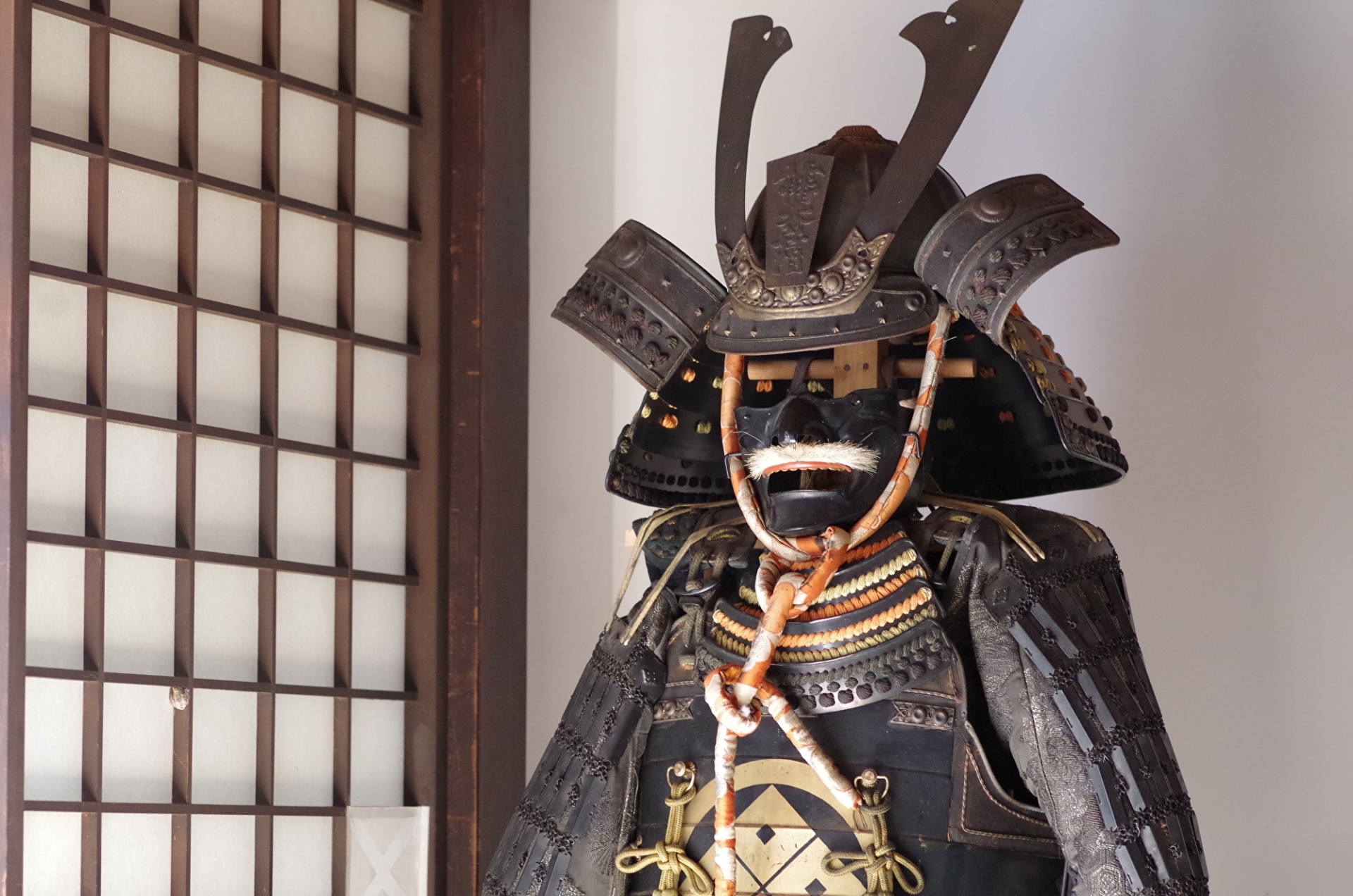
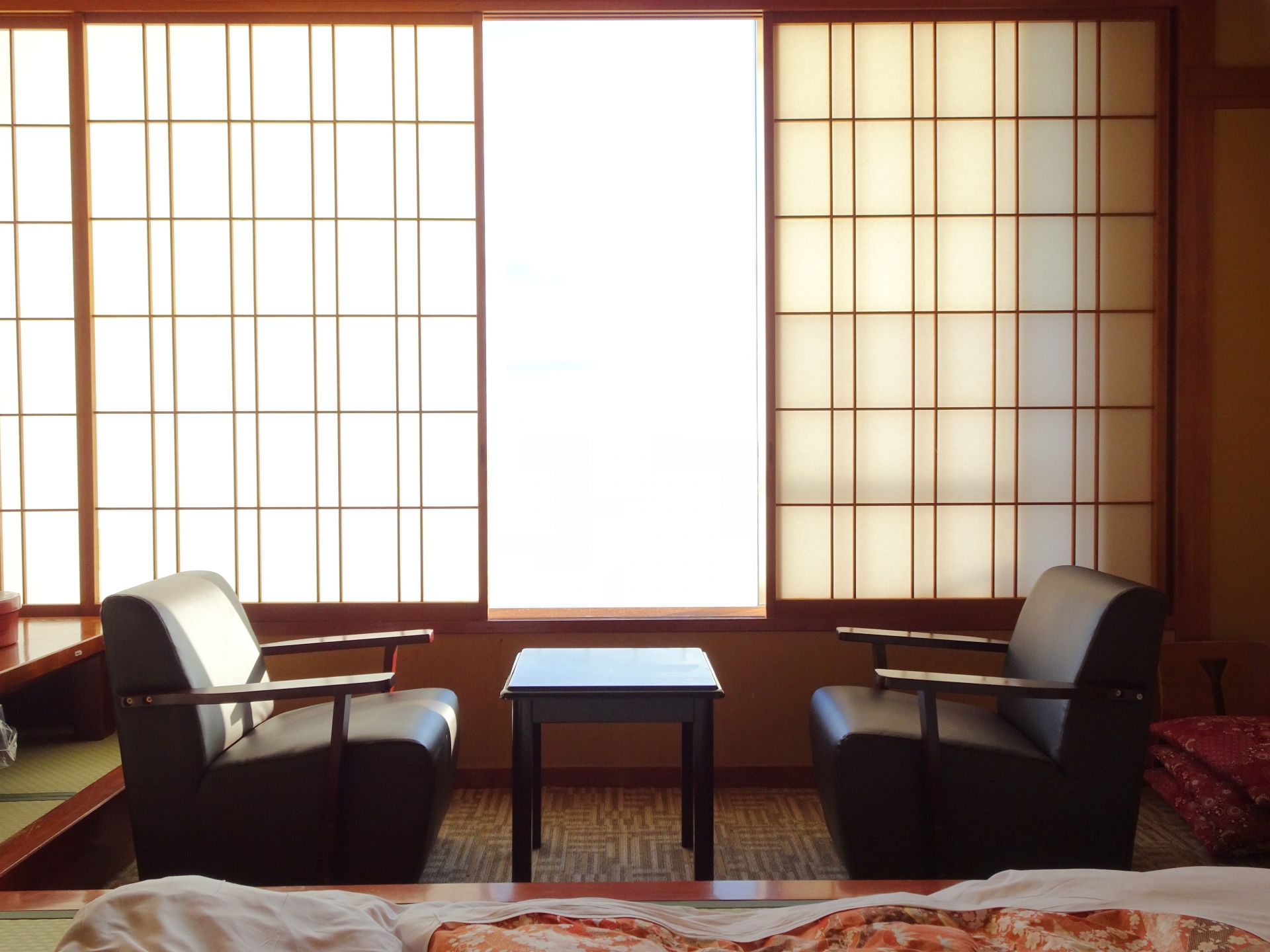
Showcasing Japanese Culture Abroad: Events, Exhibits, and Collaborations
Japan’s traditional culture resonates globally thanks to concerted efforts by government agencies, artists, and cultural organizations. These initiatives ensure the culture thrives beyond borders.
Methods of International Cultural Promotion:
- Japan Foundation Programs: Sponsor exhibitions, performances, and artist exchanges worldwide.
- Embassy-Led Events: Celebrate cultural days with calligraphy demos, food tasting, and musical acts.
- International Festivals: Events like Japan Day in NYC attract thousands through taiko shows, cosplay, and workshops.
- Museum Exhibitions: Touring displays of ukiyo-e prints, samurai armor, or traditional crafts.
Successful Collaborations:
- Schools & Universities: Educational exchanges and lectures on Japanese aesthetics.
- Municipal Partnerships: Sister city programs facilitating festivals and cultural sharing.
- Artists & Designers: Joint exhibits blending Japanese tradition with contemporary global art.
These initiatives foster deeper intercultural understanding and appreciation for Japan’s living heritage.
Digital Innovation: Using Technology to Present Tradition
Technology has opened new frontiers for showcasing traditional Japanese culture. It brings ancient practices to global audiences in immersive, interactive ways.
Examples of Tech-Driven Cultural Presentation:
- Virtual Tea Ceremonies: Real-time or recorded rituals offered via Zoom or interactive platforms.
- 360° Temple Tours: Explore Kyoto’s temples and Nara’s shrines from anywhere in the world.
- YouTube Education Channels: Channels like “Only in Japan” or “Waoryu” feature traditional crafts, etiquette, and ceremonies.
- AR/VR Museum Exhibits: Users can view Edo-period townscapes or kabuki performances in immersive formats.
- Metaverse Events: Digital festivals replicating matsuri with avatars and virtual mikoshi.
These innovations make tradition accessible to new generations while preserving cultural integrity in digital form.
Target Audiences and How to Customize Cultural Showcases
To effectively showcase Japanese traditional culture, it’s essential to understand the needs and interests of different audiences.
Audience Segmentation & Presentation Strategies:
- Tourists: Interactive activities like kimono rental, sumo viewing, and street food tasting.
- Educators & Students: Classroom kits, virtual lectures, printable materials.
- Children: Hands-on crafts, anime-themed samurai events, and story-based workshops.
- Art/History Enthusiasts: Museum exhibitions, theater performances, guided heritage tours.
- Business Professionals: Workshops on omotenashi (Japanese hospitality), etiquette, and gift-giving.
Engagement Matrix:
| Audience Type | Suggested Traditions | Presentation Format |
| Tourists | Kimono, Tea Ceremony, Festivals | In-person, guided activities |
| Educators/Students | Calligraphy, History, Festivals | Virtual tours, worksheets |
| Children | Matsuri, Origami, Anime x Tradition | Interactive storytelling, crafts |
| Art/History Lovers | Noh/Kabuki, Ikebana, Ukiyo-e | Museum exhibits, live performance |
| Professionals | Etiquette, Omotenashi, Tea Ceremony | Seminars, role-playing workshops |
Tips for Hosting a Japanese Culture Event or Exhibit
Whether you’re planning a school event, museum exhibit, or cultural fair, thoughtful preparation ensures authenticity and engagement.
Key Tips:
- Choose the Right Venue: Aim for a clean, minimal space with natural light or tatami-like settings.
- Partner with Experts: Invite calligraphy artists, kimono stylists, or certified tea instructors.
- Ensure Authenticity: Avoid stereotypes; consult Japanese community members or cultural organizations.
- Create Interactive Stations: Let visitors try origami, write their name in kanji, or taste matcha.
- Use Multilingual Signage: Provide explanations in English and Japanese for accessibility.
- Promote Widely: Reach out to schools, embassies, Japan societies, and local media.
Traditional Meets Modern: Blending Heritage with Pop Culture
Japan has masterfully blended tradition with pop culture, keeping heritage alive and appealing to younger audiences.
Examples of Fusion:
- Anime with Historical Settings: Series like Rurouni Kenshin and Demon Slayer depict Edo-era customs and kimono styles.
- Kimono-Inspired Fashion: Designers modernize traditional patterns for streetwear and couture.
- Wagakki Band: Fuses traditional instruments (shamisen, koto, taiko) with rock and electronic music.
- Modern Calligraphy: Used in branding, graphic design, and performance art.
These hybrid expressions showcase cultural continuity, creativity, and global relevance.
Conclusion: Why Preserving and Showcasing Culture Matters Today
In our interconnected world, preserving and showcasing Japanese traditional culture is more than heritage—it is a bridge to mutual understanding, creativity, and respect. These cultural elements offer lessons in mindfulness, community, and beauty that transcend borders.
By participating in or promoting cultural experiences, we keep ancient wisdom alive while inspiring new generations. Whether you’re a tourist, teacher, or event planner, let Japan’s traditions enrich your perspective and connect you to a deeper human story.

